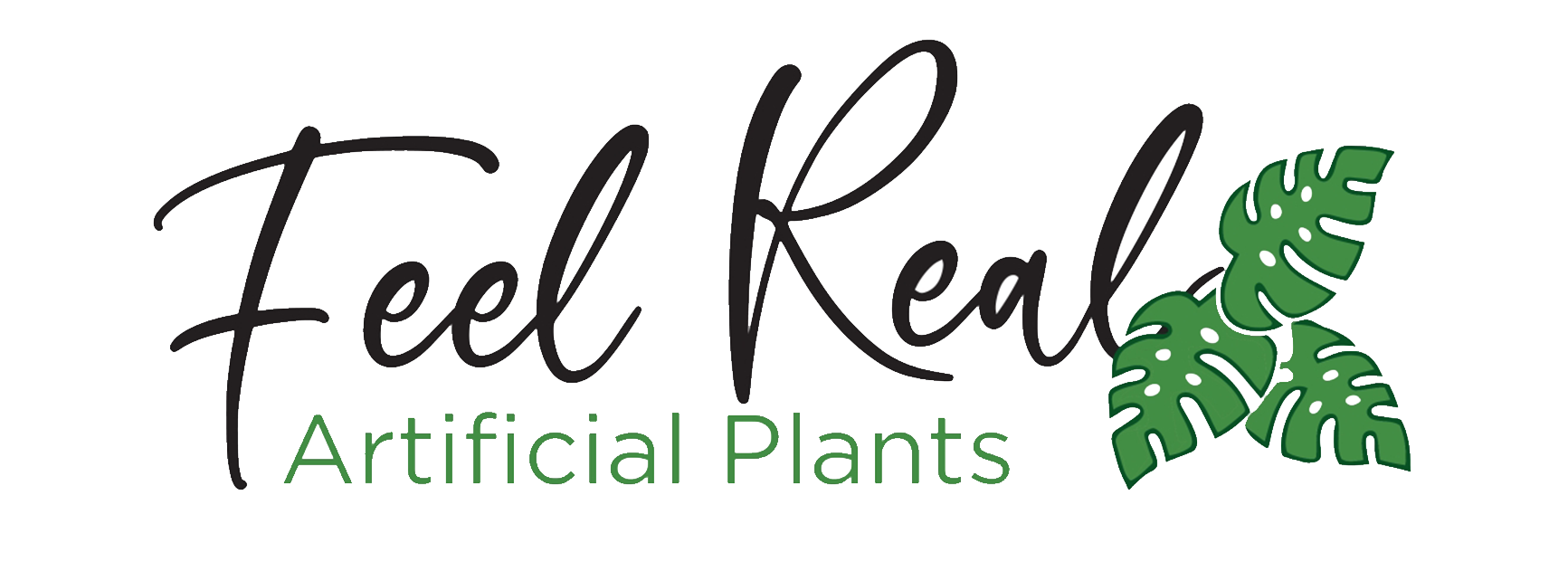Are you an interior designer who’s into using artificial plants? Well, you’re in good company!
More and more designers are turning to faux greenery to bring that fresh, vibrant look into spaces that wouldn’t work for real plants. They add style, stay gorgeous all year round, and don’t need you to fuss over them. A win-win, right?
If you’re new to decorating with artificial plants or want to take your skills to the next level, here are eight key rules to make your designs pop and fool even the biggest plant lovers.

1. Go for Quality
First things first—quality matters!
When choosing artificial plants, go for ones that look real. Check out the stems and leaves. Good faux plants often have little details, like textured stems and multi-shade leaves, that make them look just like the real thing. And the material? UV-resistant and durable are the words to look for. High-quality plants don’t fade, crack, or look worn out as quickly, so your design will hold up over time.
2. Match the Plant to the Room‘s Style
Not all plants are right for every space. Just like choosing furniture, you’ll want to pick plants that fit your overall design style.
For a sleek, modern vibe? Maybe opt for a monstera or fiddle leaf fig. Going for something rustic? Faux succulents and cacti add that rugged, desert feel. Different plants bring different moods, so think about the space’s character and choose greenery that enhances it.
3. Use Planters and Containers to Add to the Realism
A good planter can take a faux plant from “nice” to “wow!”
The right container gives your plant an extra touch of authenticity. Go for a planter that complements the design, like a minimal concrete pot for a contemporary space or a woven basket for a more relaxed look. And here’s a little secret: sprinkle some real soil, moss, or even small stones around the base. These touches make the plant look grounded and way more convincing.
4. Strike the Right Balance Between Greenery and Flowers
When it comes to fake plants, greenery often has the most natural look.
This is because it’s usually easier to get realistic details in leaves than in flowers. But that doesn’t mean you can’t add flowers—just don’t overdo it. A few small, subtle blooms can add a splash of color without making the arrangement look overly “fake.” Think of greenery as your foundation and flowers as your accent.

5. Brighten Up Dark Corners
Got a space that feels a bit dark and dreary? Enter artificial plants!
In spots like basements, windowless rooms, or hallways, where real plants wouldn’t survive, artificial plants bring life and color without any of the usual plant-care headaches. Try a tall faux tree in a corner to make the room feel warmer and more welcoming. A well-placed plant can work wonders in transforming a once-ignored space into a cozy, lively nook.
6. Play with Sizes and Shapes
Want to make a design feel natural and layered? Mix up the sizes!
Pair a large statement plant—like a ficus or fiddle leaf fig—with smaller pieces, such as tabletop succulents. You can even throw in a topiary or a spiral shape for some extra flair. Different sizes and shapes add depth and visual interest, helping you create a balanced, intentional design that feels both dynamic and grounded.
7. Keep Them Clean
Okay, here’s the thing. Even fake plants need a little TLC now and then.

Dust can make your beautiful, realistic artificial plants look dull and, well… fake. So every few weeks, give them a quick dusting with a microfiber cloth or a soft duster. Keeping your plants clean makes them look fresh and vibrant, which keeps your space looking polished and cared for.
8. Invest in High-Quality Plants for Professional Results
Last but definitely not least: if you’re going to use faux plants in professional designs, go for the good stuff.
Cheap artificial plants might save money upfront, but they’re often missing those realistic details. When you invest in premium-quality plants, you get pieces crafted to look like the real deal. These are the ones that make people ask, “Wait, is that real?” Reliable suppliers offer a wide range of high-quality plants in various sizes, styles, and even custom options, so you can find exactly what you need to bring your design vision to life.

Artificial plants are like the ultimate hack for interior designers—greenery that looks amazing without needing sunlight, water, or constant care. By choosing quality, keeping plants clean, and paying attention to little details like planters and textures, you can create stunning, natural-looking designs that work in any space.


